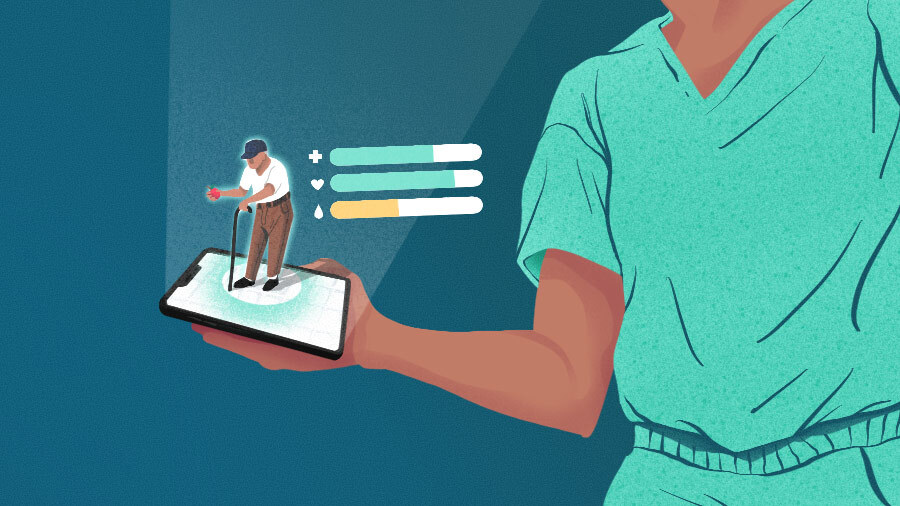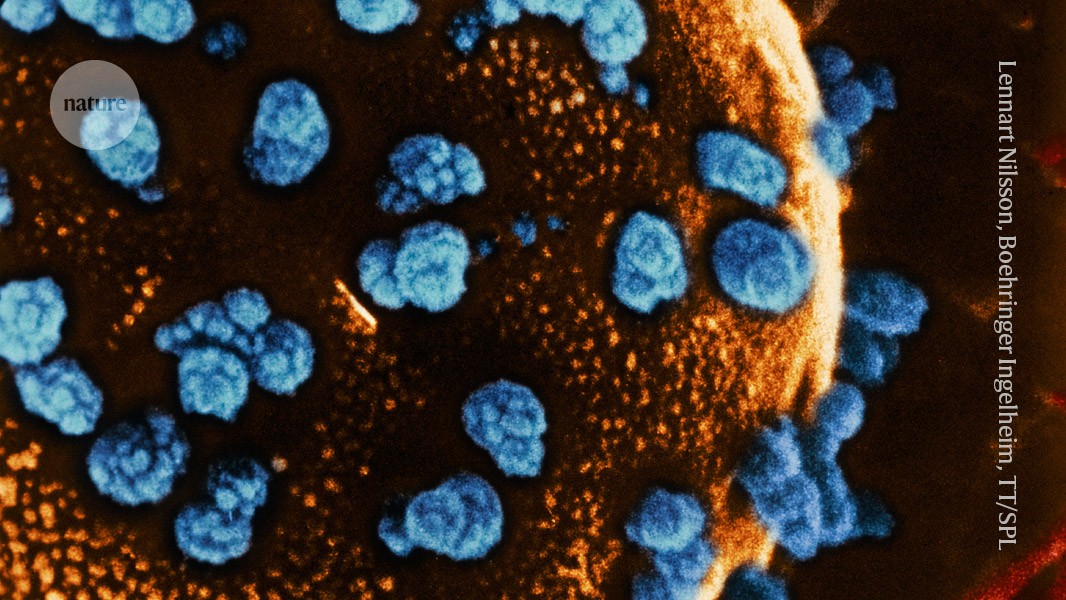- LEVITY
- Posts
- #16 One thing you need to know about your health and other tidbits
#16 One thing you need to know about your health and other tidbits
Plus: When can we reach longevity escape velocity?


✅ Meet the Ageome - and MethylGPT. ✅ When can we reach longevity escape velocity? ✅ An incredible map of the brain of a fruit fly. ✅ The AI doctors are coming. ✅ One thing you need to know about your health. ✅ Organ-on-a-chip technology.
🤙🏼 Want to connect? Add me on LinkedIn. 🙏🏼 Not subscribed to the LEVITY podcast on Youtube yet? Do it here. 🎧 More of a listener? The LEVITY podcast is also available on Spotify, Apple Podcasts and other places.

Join me and accelerate the Longevity Revolution with Vitalism Foundation!
Vitalism is the movement for humanity to fight its hardest against aging and death. And if you agree, you’re already a Vitalist at heart. Since it is LEVITY's sponsor, when you join Vitalism Foundation as a Mobilized Vitalist, you’ll support both Vitalism and LEVITY.
As a member, you'll join a fast growing group of over 200 Vitalists, including 100+ founders and investors. You'll enjoy special events, working groups, premium content and unique discounts on longevity products. But most importantly, you will join a community that's making a difference.
Special Offer for LEVITY Subscribers: Join today and receive a 30% discount on your membership using the code LEV at checkout.

Recently, inspired by my housing cooperative's annual autumn cleaning, I decided to tackle the overwhelming collection of links, articles, and papers that had piled up since I started this newsletter nearly a year ago. After a thorough sorting, most were archived or discarded - and replaced by a very welcome sense of relief.
However, a few items survived the purge. Below, I’ve shared them with you in no particular order.
Hope they spark joy!

More funding is needed
Here’s a roundup of longevity companies that received funding in 2024. Not surprisingly, BioAge tops the list, but overall the field is still depressingly small. However, it’s also important to highlight that significant developments in other areas, such as artificial intelligence, could have profound impacts on aging research as well.
A better state of affairs
A look at longevity states and the pop-up initiative Zelar City in Berlin.
Meet the Ageome - and MethylGPT
You may already be familiar with terms like the genome, epigenome, and proteome. But have you encountered the term Ageome? Developed by the Gladyshev Lab, the Ageome is a framework that proposes aging can be tracked through the collective ages of an organism's functional modules, which may age at different rates and exhibit distinct biological ages.
From the paper: ”We show that, unlike conventional clocks, Ageome provides a high-dimensional representation of biological aging across cellular functions, enabling comprehensive assessment of aging dynamics within an individual, in a population, and across species”.
This suggests that in our quest to measure biological aging, it might be reductive to represent aging with just a simple number.
On a related note, the Gladyshev Lab has also pioneered a foundation model for the DNA methylome, named MethylGPT. This tool uses a generative pretrained transformer - the famous AI architecture that underpins ChatGPT.
The announcement of MethylGPT coincided with the conclusion of the Biomarkers of Aging 2024 conference at Harvard Medical School in Boston. The event attracted nearly 500 participants from over 30 countries. The organizers, The Biomarkers of Aging Consortium, noted: ”Establishing reliable biomarkers of aging for longevity interventions is no easy feat, but together, as a connected and aligned community, we’re advancing the field toward our shared vision and mission”.
Your biological age should NOT be ONE number.
Introducing Ageome: our new framework that measures aging across thousands of molecular pathways simultaneously 🧬. Ageome challenges the single-number paradigm of biological age, offering a high-dimensional view of aging across… x.com/i/web/status/1…
— Kejun (Albert) Ying (@KejunYing)
6:13 PM • Sep 23, 2024
🧬 Our 2nd preprint today,
MethylGPT: A foundation model for the DNA methylome!
Our generative pretained transformer-based model:
- Trained on 226,555 samples (154,063 after QC & deduplication)
- 49,156 curated CpG sites
- 7.6B training tokens
- Spans 20+ tissue types from… x.com/i/web/status/1…— Kejun (Albert) Ying (@KejunYing)
2:30 PM • Nov 4, 2024

Another AI milestone in medical imaging analysis
Speaking of artificial intelligence and transformers, let's look another innovative model in this rapidly growing field. What sets this model apart is its ability to analyze multiple imaging modalities. Researchers have tested it on 3D retinal scans (optical coherence tomography) to identify disease risk biomarkers, ultrasound videos for assessing heart function, 3D MRI scans for liver disease severity, and 3D CT scans for screening chest nodule malignancy. They believe this model offers a robust foundation that could be beneficial in a variety of clinical settings, with further studies to come.
When can we reach longevity escape velocity?
Here’s futurist David Woods’ prediction: ”I estimate the probability of humanity reaching LEV by 2040 to be less than 50%, although more than 25%. That’s because there are plenty of things that can go wrong along the way.”
Important step toward clinical trials
More encouraging news from the partial reprogramming field. For background, do check out my guide to partial reprogramming, our podcast episode with Yuri Deigin and my interview with Daniel Ives, CEO of Shift Bioscience.
The ability of epigenetic reprogramming (ostensibly via age reversal) to improve monkey visual function has been replicated 👏 First humans trials to treat blindness are next 🚀
— David Sinclair (@davidasinclair)
7:13 PM • Oct 22, 2024
Peering into the neural net
140,000 neurons, 8,453 different types of neurons and more than 54.5 million synapses. Here’s an incredible map of the brain of a fruit fly, a very popular model organism.
The AI doctors are coming
There’s no doubt in my mind that we soon will prefer AI doctors to real one’s. In fact, I think it will be considered malpractice for a healthcare providers to not leverage the knowledge artificial intelligence can provide.
Here’s a sign that we’re heading in that direction:
Patient satisfaction for medical advice requests higher with #AI than clinicians
jamanetwork.com/journals/jaman…
"1st study to assess satisfaction with AI-generated responses to patient created medical questions in EHR"
@linos_eleni @StanfordCDH@JKim_1003— Eric Topol (@EricTopol)
3:40 PM • Oct 16, 2024
AI for drug repurposing
Oh, what the hell: let’s have one more foundation model:
Excited to share TxGNN, a model that identifies potential therapies from existing medicines for thousands of diseases. Trained across 17,080 diseases, TxGNN predicts drug candidates for conditions with limited or no treatment options, including rare diseases
@NatureMedicine… x.com/i/web/status/1…
— Marinka Zitnik (@marinkazitnik)
3:58 PM • Sep 25, 2024
We now have the ability to reverse type 1 diabetes
This is remarkable, and I wrote about it in an article for Ny Teknik a few months back.
More than silicon
Very interesting feature on the burgeoning field of organ-on-a-chip technology. Better preclinical methods are sorely needed.
One thing you need to know about your health
A friendly reminder that you should check your Lp(a), if you haven’t done so already.
Hey, you’ve made it all the way here! Thank you so much for reading! 🫶🏼







